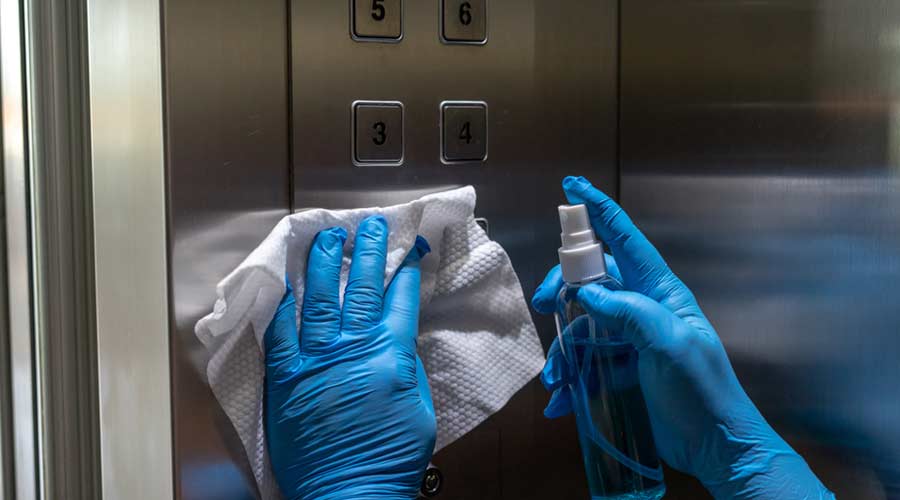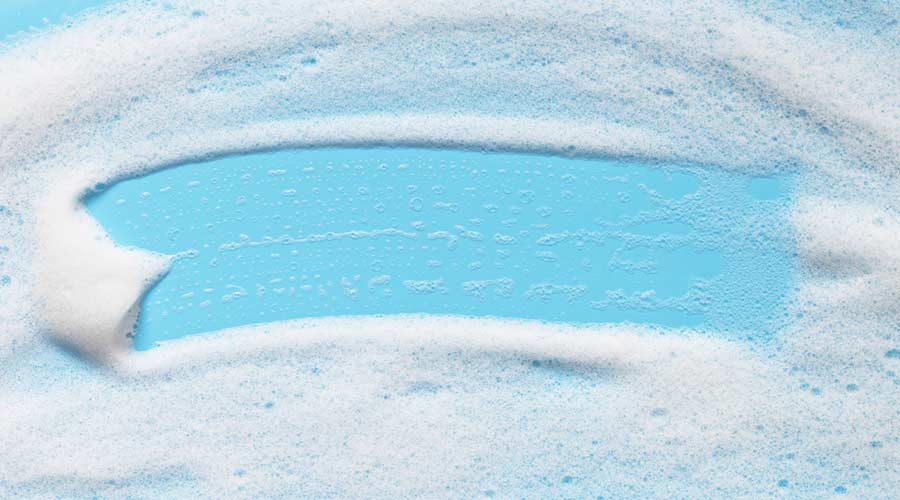
The jan/san industry has experienced instability in terms of product availability over the last five years. For one reason or another, distributors have been forced to adjust on the fly in order to meet the needs of their customers. Although most have been successful in doing so, the reality of the supply chain fluidity has changed the sales process.
Purchasing has evolved as end users balance cost efficiency with resilience and operational agility. Unlike consumer purchasing, business buying is generally characterized by less frequent but higher-volume orders that are strategically planned around production schedules, budgets, and supply chain forecasts.
According to the "2025 End User Purchasing Survey," building service contractors and in-house cleaning managers will consider a broader set of factors beyond cost when making purchasing decisions. Price remains critical, but it is evaluated through the lens of total cost of ownership rather than just upfront expense. Purchasers are now more likely to factor in long-term service requirements, maintenance, and support when comparing products.
Ease of implementation and training have also become major considerations for end users, particularly for technology and equipment investments. Purchases will pay for a tool or system that integrates seamlessly into existing workflows and requires minimal retraining is far more attractive than one that demands lengthy onboarding or disrupts operations.
Similarly, end users are discovering that distributor reliability, and logistical capacity (specifically, diversity of products and deliverability) are key to mitigating risk in large-scale or recurring purchases.
Supply chain fluctuations have—no doubt—reshaped purchasing behavior of cleaning end users. Potential disruptions in logistics and material sourcing have pushed these buyers to place orders earlier, purchase in larger quantities, and, in some cases, diversify suppliers to avoid bottlenecks.
Economists predict that these pressures will persist for businesses into 2026. As a result, purchasing cycles are likely to lengthen, order volumes will remain elevated, and buyers will continue to emphasize the ease of implementation, resilience, and supplier reliability as much as they consider price.

 Celebrating BSCAI's 60th Anniversary eBook
Celebrating BSCAI's 60th Anniversary eBook The Down and Dirty on Cleaning in Virus Season
The Down and Dirty on Cleaning in Virus Season How Surfactant Use is Expanding in Commercial Cleaning
How Surfactant Use is Expanding in Commercial Cleaning